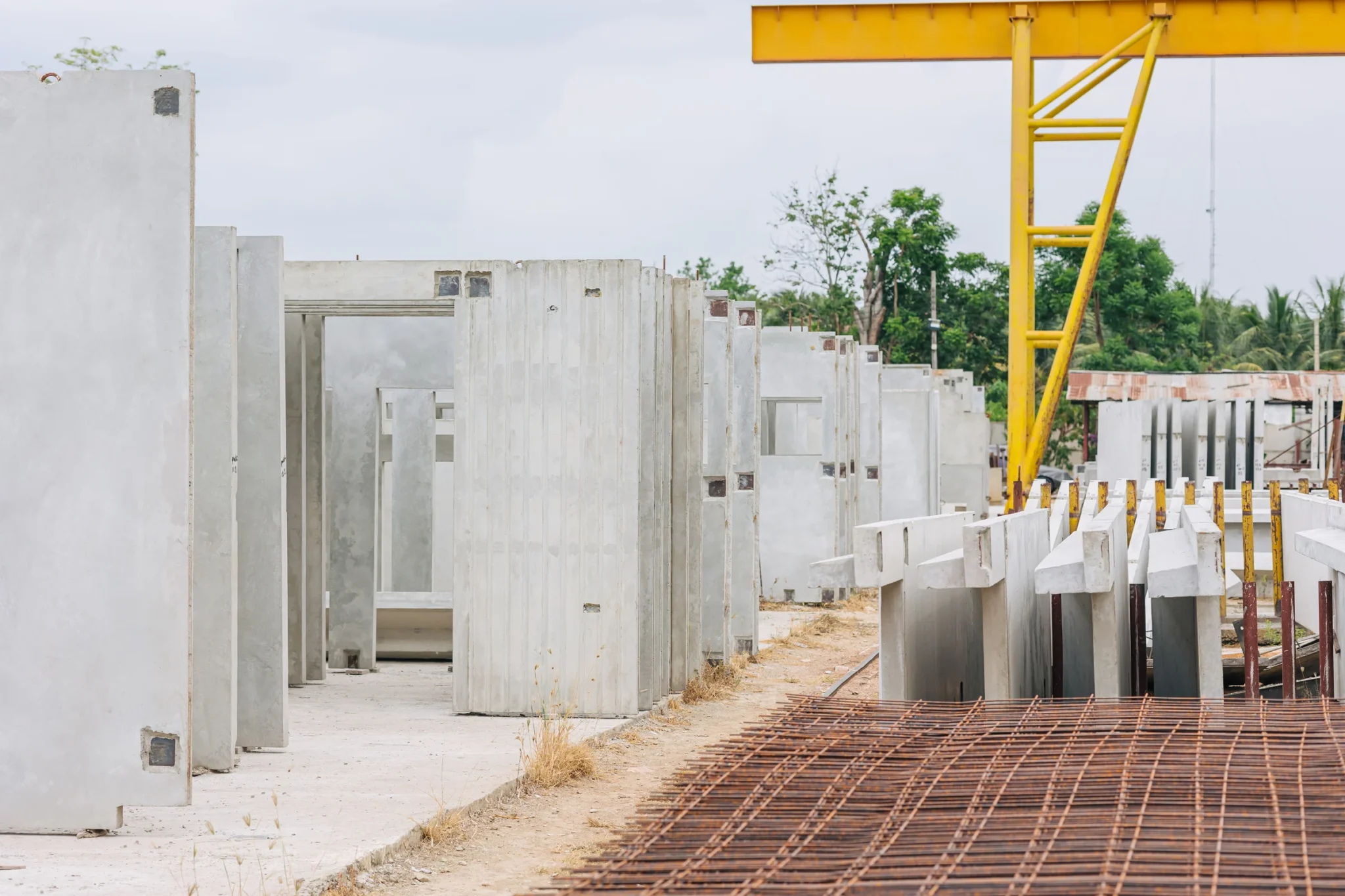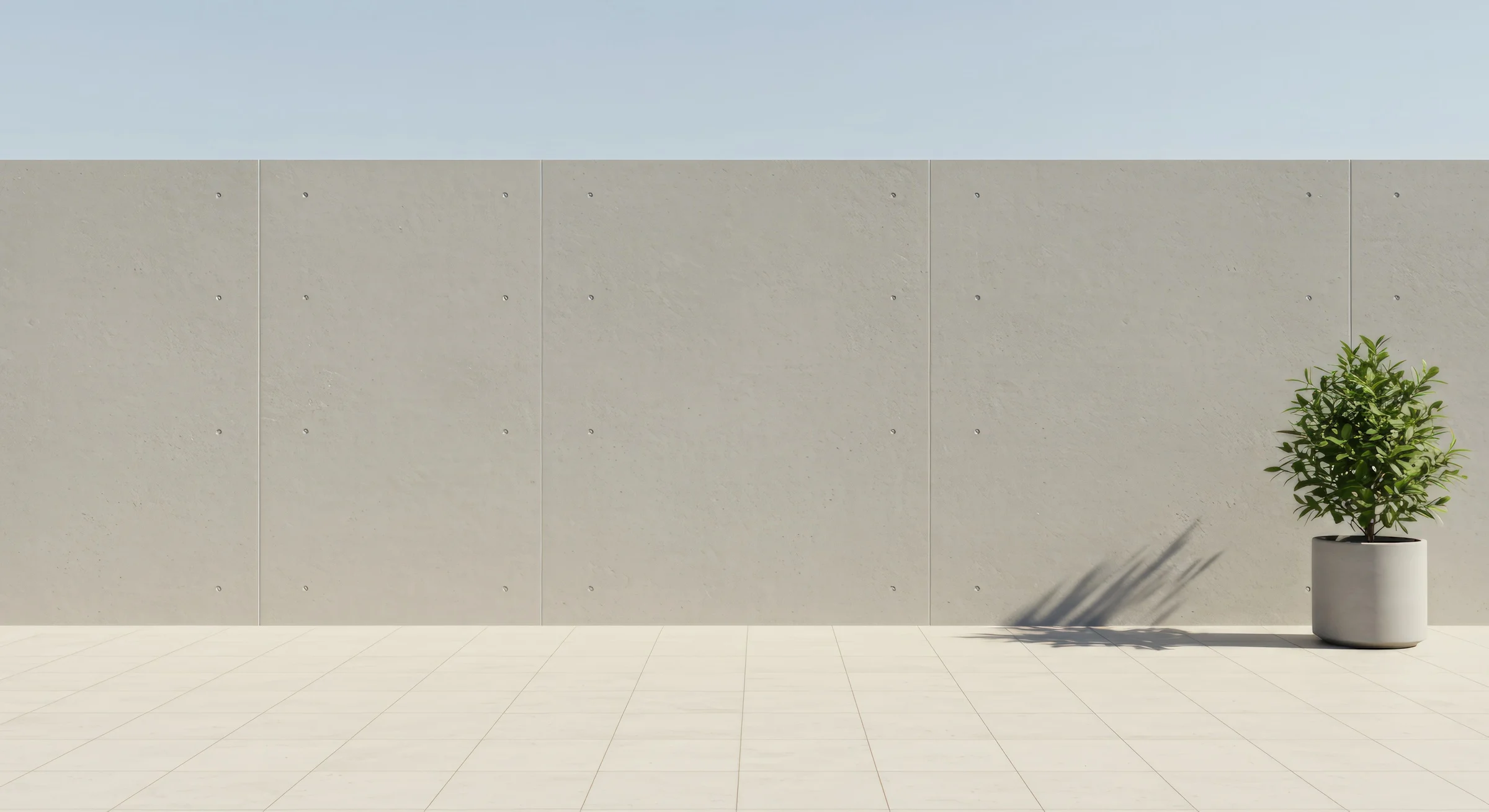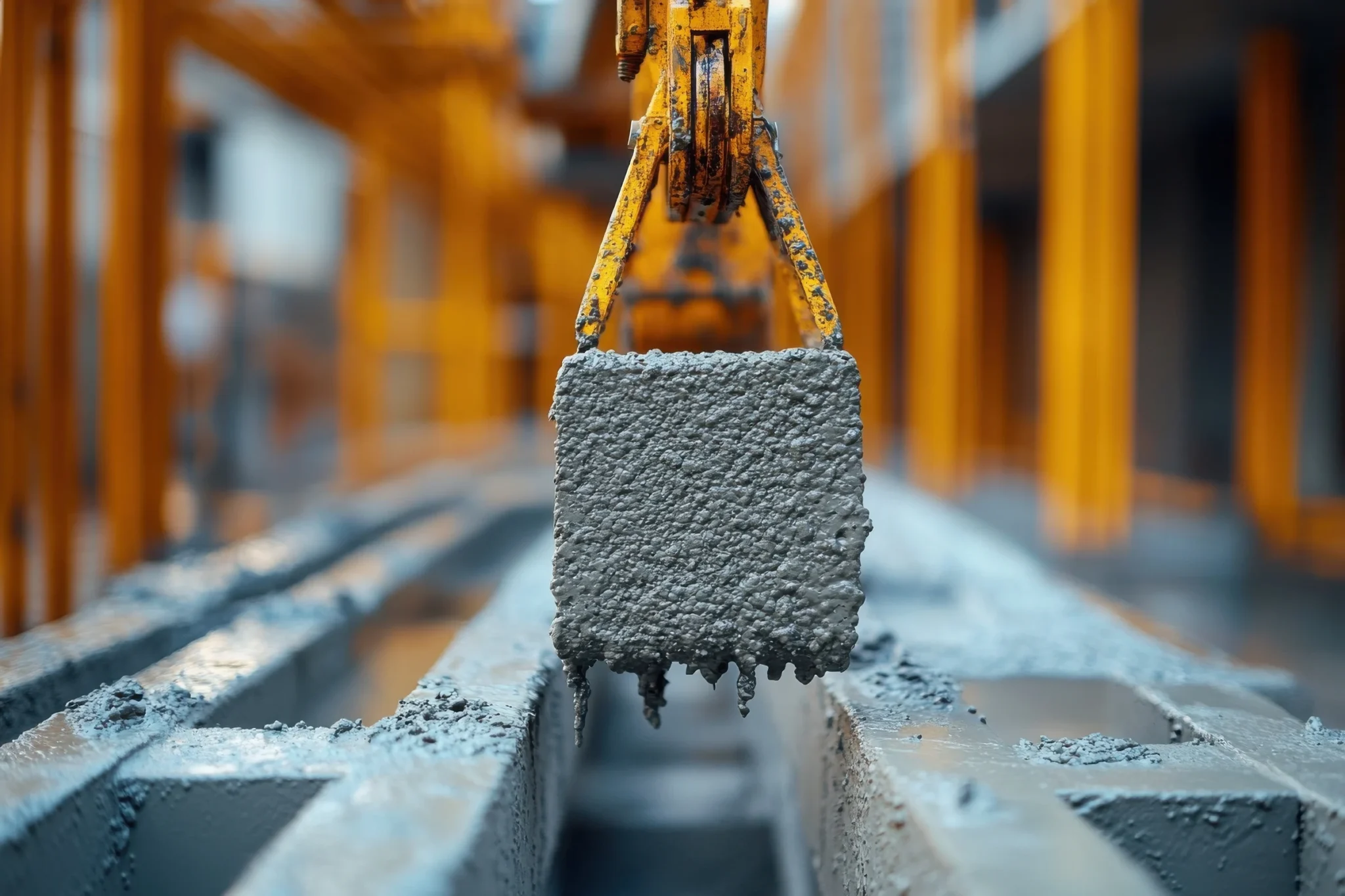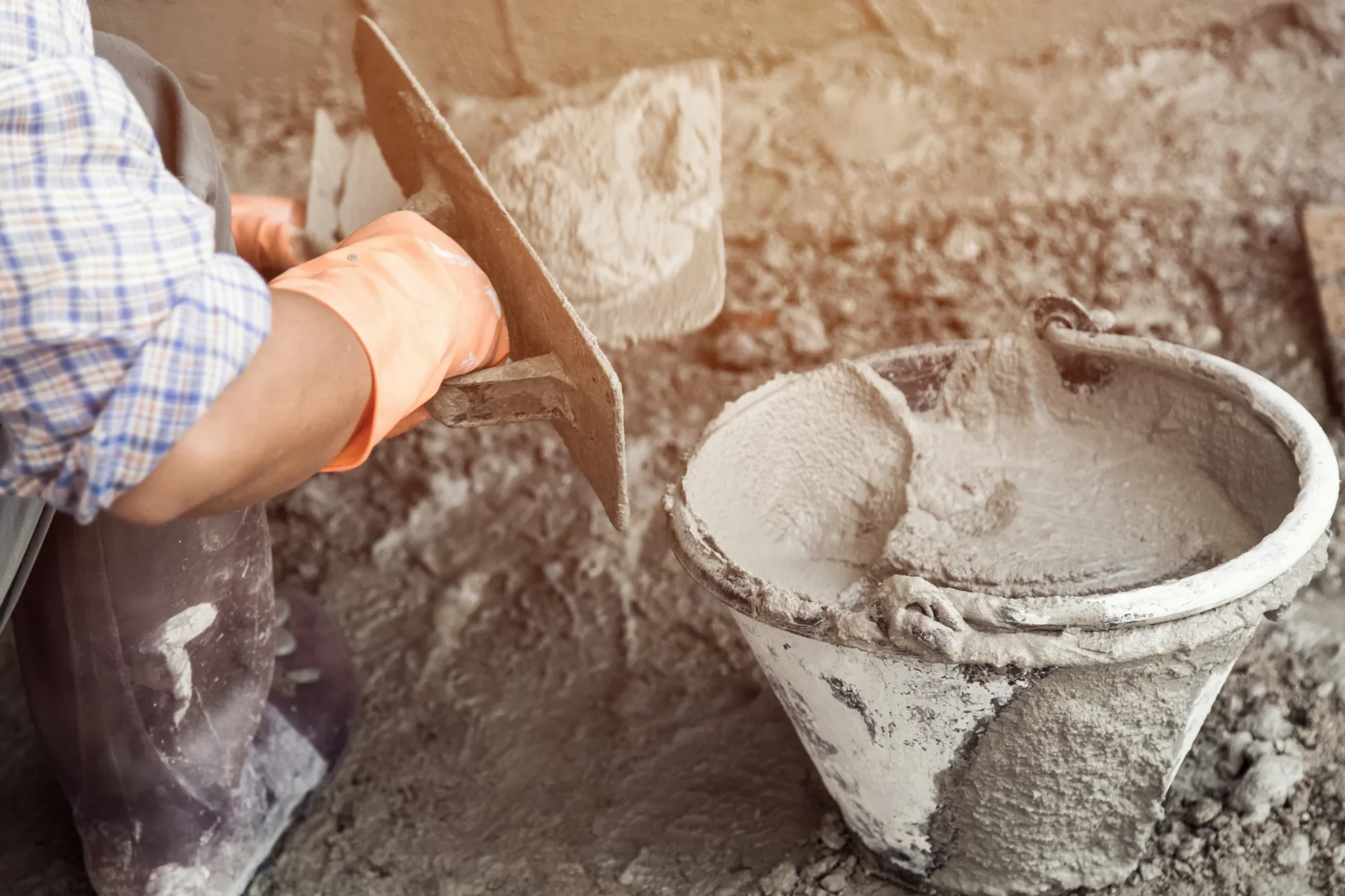Hydrophobic admixture that does not block cement hydration.
Provides concrete water impermeability (up to W12 in combination with K-5 and K-17). Together with controlled air entrainment, it is used in stiff mixes and allows concreting under water at limited flow velocity.
Purpose:
Used in ready-mix, precast, road, and hydraulic concretes, industrial floors, complex mortars, gypsum systems, paving blocks, and vibropressed products.
Application:
Add to the concrete (mortar) mix as a component together with mixing water. Stir before use. The amount of admixture is calculated according to the dosage (see below). Further concreting or mortar use is carried out in the standard technological process.
Dosage:
The admixture should be dosed for cement systems, concretes, and mortars in the form of a ready-to-use aqueous concentrate, supplied in its original container.
Consumption is set from 1.5 L per 100 kg of cement.
The optimal dosage is determined in the laboratory for each specific case. The most effective method is adding the admixture to the mix together with mixing water, including through the water dispenser. Pre-dilution with water does not impair the performance of the admixture, but requires recalculation of the consumption relative to the concentrate.
Recommendations:
The dosing container must be clean and provide precise measurement of the dosing volume.
Safety Instructions:
Avoid ingestion or contact with food. In case of eye or skin contact, rinse thoroughly with water.
All rights reserved.








